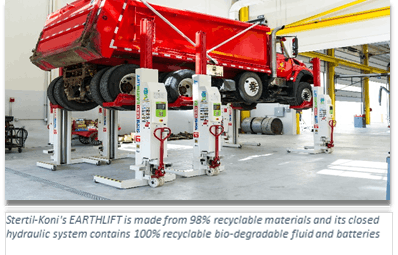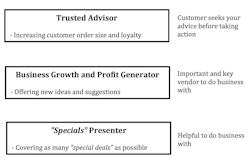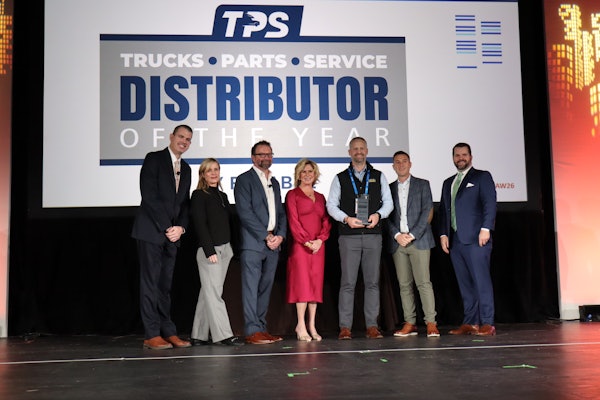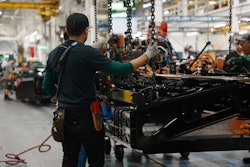
“We can’t ask the environment to adjust to us,” he says. “We’ve got to be focused on their values. Not on ours.”
Pancero says there are three generations currently in the workforce – Baby Boomers, Generation X and Millennials – but management should focus its attention on developing the two bookends.
Every-other generation tends to be transformative and Pancero says the ones in-between historically slot themselves into a pattern of following the generations before or after them. Following that timeline, today’s older Generation X employees are mirroring the traits of Baby Boomers while younger Gen X’ers are mostly similar to Millennials.
Baby Boomers grew up, Pancero says, with an ability to figure things out for themselves. In a business setting, those habits are perceived as a lack of structure and processes by Millennial employees seeking guidelines, rules and leadership.
“Millennials have grown up in a rules environment,” Pancero says. “They didn’t go outside to play. They went to practice.”
While Baby Boomers may have an innate ability to “figure it out,” they rarely embrace sales training and technology as improvement tools. Millennial tend to crave training and want more clearly defined roles and expectations which is often misdiagnosed as a lack of creativity.
“They were taught best practices their whole life,” he says, “so they’re demanding best practices from your company. But most companies have no tools.”
Businesses who have relied on the strong intra-personal skills of their Boomer sales staff, Pancero says, often have failed to develop proper training for the current generation of employees since those off-the-cuff methods, historically, have produced results.
“Baby Boomers are used to selling as tennis,” Pancero says, “’when I go out there on the court, I go out there alone and I do what I do.'”
Pancero says the reality today is that customers and sales processes have changed, and that tennis mentality hasn’t adapted.
“You’re not meeting with one person any more,” he says, noting potential customers are more armed with information about products and options than ever before. “You’re meeting with five or six. There is no single decision-maker any more.”
In some cases, the decision-maker doesn’t even consult a salesperson until its time to close a deal and sales reps are being brought into the sales process a lot later than they ever have.
“If you’re older, you Google it,” Pancero says. “If you’re younger, you ask your friends. The problem today is how do we re-take control of this process?”









